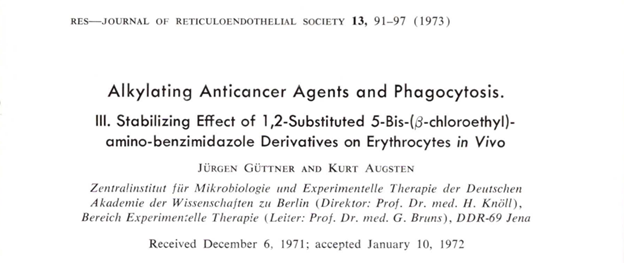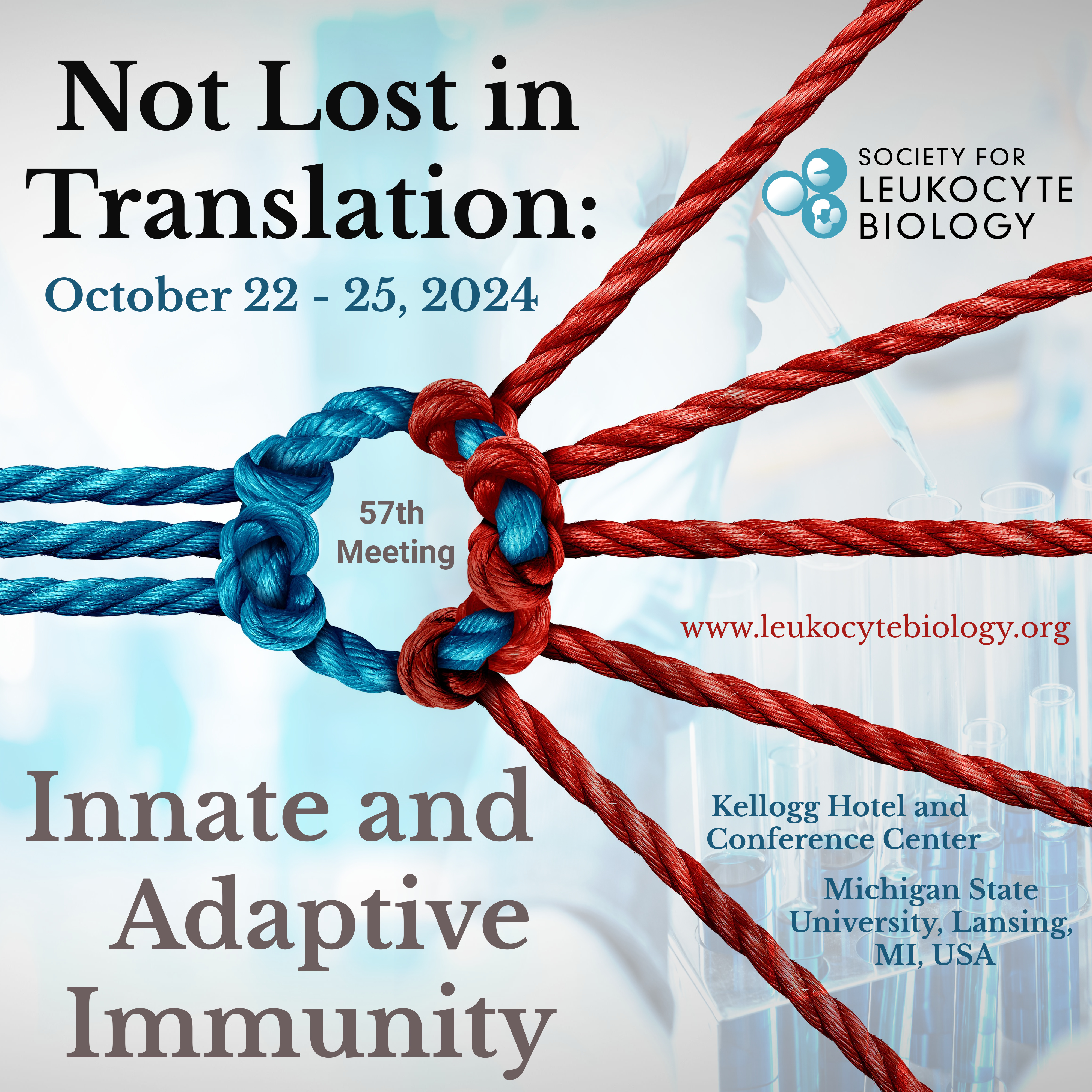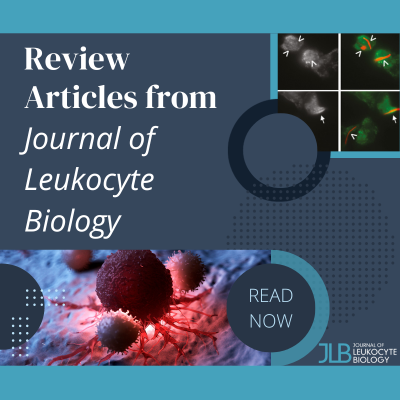| This Month in RES History |
This Month in RES HistoryA new offering from SLB, join Communication Committee member Samson Kosemani as he looks back into the great science hidden in the RES archives. In 1972....It has been previously reported that phagocytic activity of the reticuloendothelial system (RES) in mice is reduced by the application of 1,2-substituted 5-bis (β-chloroethyl) -amino-benzimidazole derivatives and a direct alteration of the cell membrane of macrophages has been assumed to be responsible for the depression of carbon clearance from the bloodstream by those chemicals. In earlier research carried out by Güntter and Augsten (1971) two of the phagocytosis depressing derivatives, Ɣ-[1-methyl-5-bis-(p-chloroethyl)-amino-benzimidazolyl-(2)]-butyric acid hydrochloride and Q-[1- phenyl-5-bis- (β-chloroethyl) -amino-benzimidazolyl- (2) ]-DL-alanine were reported to decrease and delay osmotic hemolysis after in vivo administration. However, Güntter and Augsten in 1972 published a research work where they discovered that inhibition of the phagocytic activity of the RES by administration of benzimidazole-mustard derivatives (13 in 15) correlates with an increase of osmotic erythrocyte resistance. Their discovery that 1,2-substituted 5-bis-(β-chloroethyl)-amino-benzimidazole derivatives are the first chemically related group that involves an in vivo alteration of cell membranes of erythrocytes and macrophages in mice was the first to be reported. Güntter and Augsten concluded that the model of osmotic hemolysis could be suitable to prove the effectiveness of biologically active compounds on the RES activity. Use your SLB membership to access this article and the entire RES archive! |







